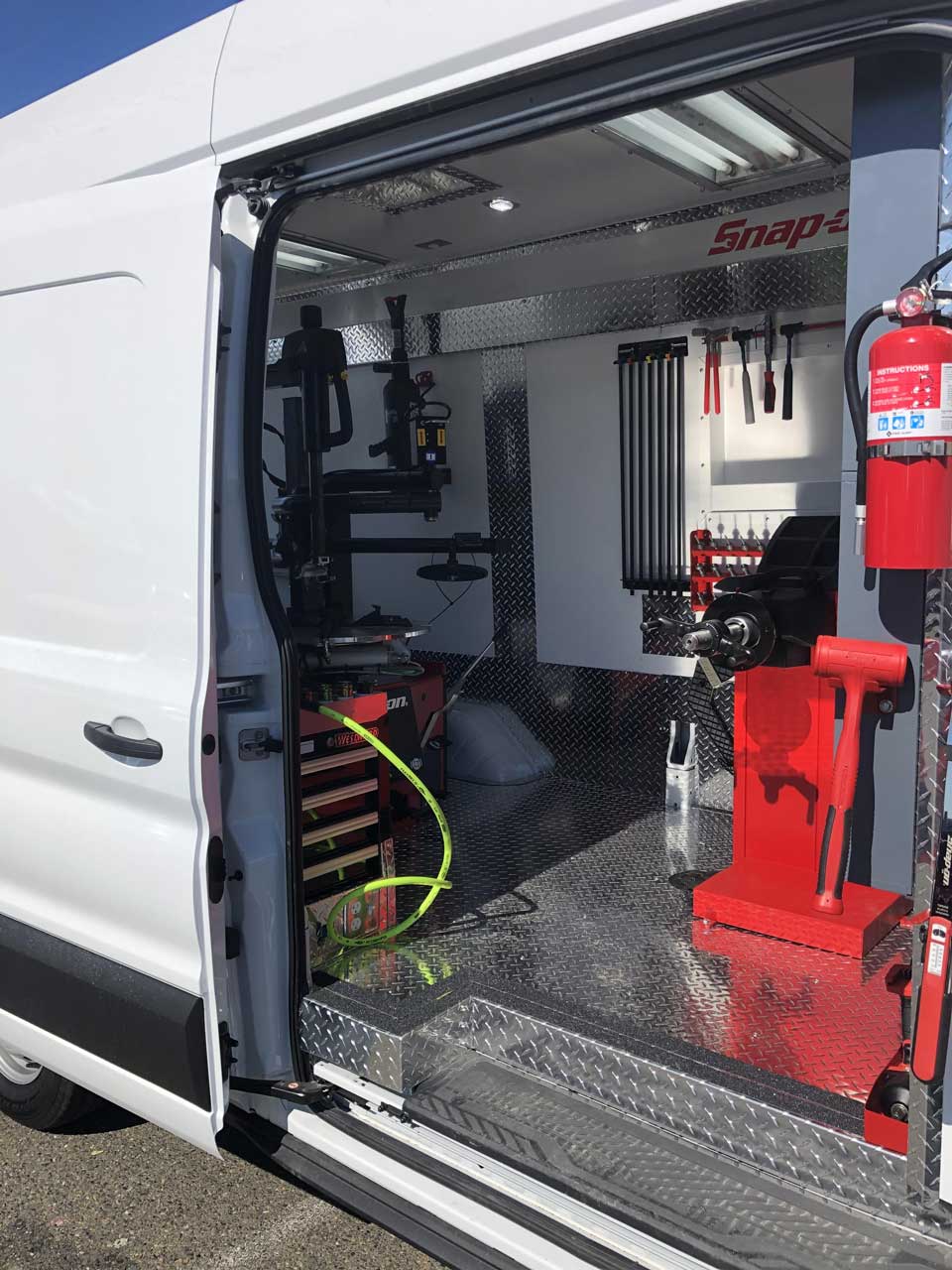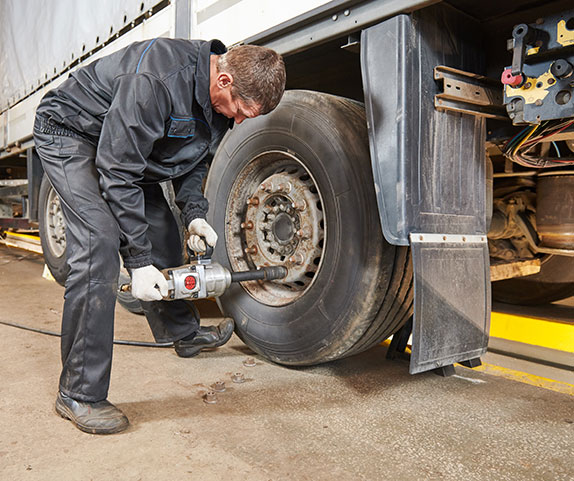Get Road-Ready with Specialist GMC Tires Service at Morris Tires
Get Road-Ready with Specialist GMC Tires Service at Morris Tires
Blog Article
Tire Solution: The Effect of Weather
When it comes to ensuring optimal efficiency and safety on the road, recognizing the influence of climate problems on tire service is critical. GMC Tire Service. In this conversation, we will discover the intricate partnership between weather conditions and tire service, dropping light on the value of weather-specific tire upkeep techniques and considerations.
Warm and Tire Performance
When exposed to heats, tires experience adjustments in efficiency that can significantly impact lorry safety and handling. The heat produced from prolonged driving or heat problems creates the tire rubber to soften, resulting in reduced tread life and boosted wear. As the rubber comes to be softer, the tire's grasp when traveling lessens, influencing braking ranges and general grip. In severe instances, extreme warmth can even create tire blowouts, posturing an extreme safety risk to the lorry and its passengers.

Winter Results
Winter problems can have a considerable influence on tire efficiency and security. As temperature levels decline, tire rubber can solidify, resulting in reduced grip on icy or snow-covered roads. In winter, tires may also shed air pressure more quickly, which can influence dealing with and fuel efficiency. Furthermore, cold temperature levels can cause tire sidewalls to stiffen, increasing the danger of damages from potholes or various other road risks.
To alleviate the impacts of cool climate on tires, it is important to routinely examine tire pressure and inflate them to the supplier's suggested levels. Making use of winter months or all-season tires designed for cold climate problems can also improve traction and grip on icy or snowy roadways. Correct tire maintenance, including regular inspections for wear and damage, becomes also more vital throughout colder months to make sure ideal efficiency and security.
Rainy Issues Influence
Throughout stormy problems, tire efficiency and safety can be significantly affected by the wet road surface areas and minimized visibility. The tread pattern of tires plays an essential function in keeping traction on wet roadways. Tires with worn-out footsteps are more prone to hydroplaning, where a layer of water accumulates between the tire and the road surface area, leading to loss of traction. To battle this, drivers must frequently check their tires for adequate step deepness and think about investing in tires especially created for wet problems.
Additionally, stormy weather can additionally lower visibility, making it testing for vehicle drivers to see the road in advance plainly (GMC Tire Service). In such conditions, it is important to adjust driving speeds accordingly and preserve a risk-free following distance to enable sudden quits. Properly filled with air tires can also aid in keeping control on damp roadways by giving much better browse around here handling and grasp
Snow and Tire Safety
When driving in snowy problems, having the right tires can make a considerable distinction in safety and performance. Winter months tires are made with unique rubber compounds and walk patterns to offer better grip on snow and ice contrasted to all-season tires.

Additionally, drivers should take into consideration installing tire chains in severe snowy conditions. Tire chains supply added traction by gripping the snow and ice, enhancing security and control. Nevertheless, it is necessary to comply with maker instructions when setting up and utilizing tire chains to avoid damages to the tires and vehicle. By selecting the best tires, preserving proper inflation, and considering additional grip help like tire chains, drivers can enhance their safety when navigating snow-covered roads.
Weather-Related Tire Upkeep
When faced with various weather, correct tire upkeep ends up being a crucial facet of car security and performance. Weather-related tire upkeep includes a series of practices aimed at guaranteeing ideal tire feature and long life in different weather condition situations. One key aspect of weather-related tire upkeep is tire pressure guideline. Rising and fall temperatures can create tire pressure to differ, impacting grip and fuel performance. Regularly readjusting and inspecting tire pressure according to manufacturer recommendations is important for safe driving in altering climate condition. In addition, tire walk deepness plays a substantial role in handling different weather condition components. Tires with ample walk depth give better hold on wet or icy roadways, reducing the danger of check this skidding or hydroplaning. When tread wear gets to a certain depth is essential for maintaining grip and stability in negative climate, examining tire tread on a regular basis and replacing tires. By prioritizing weather-related tire upkeep, motorists can improve safety and security, enhance car efficiency, and prolong the life expectancy of their tires.
Verdict
In verdict, weather conditions have a significant impact on tire performance and security. From heat affecting tire pressure and wear to cool weather decreasing traction, it is necessary to take into consideration the weather condition when maintaining and making use of tires.
In this discussion, we will certainly discover the detailed relationship between climate problems and tire solution, losing light on the relevance of weather-specific tire maintenance methods and factors to consider.

Report this page